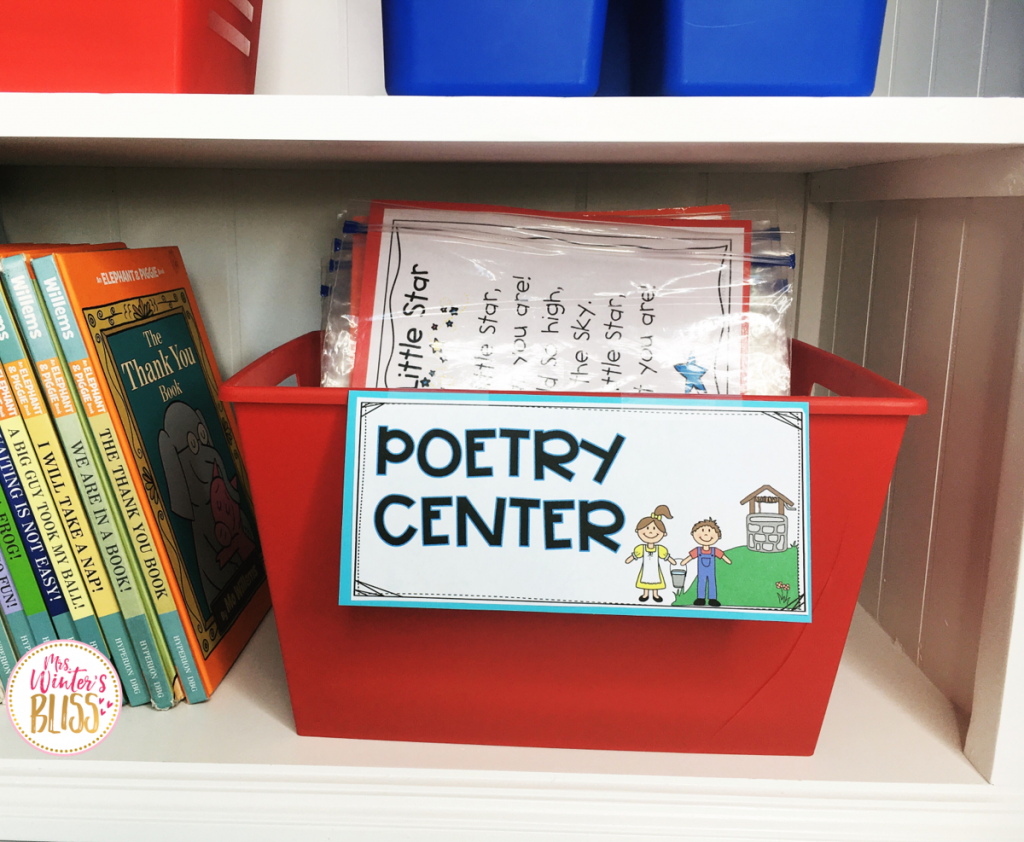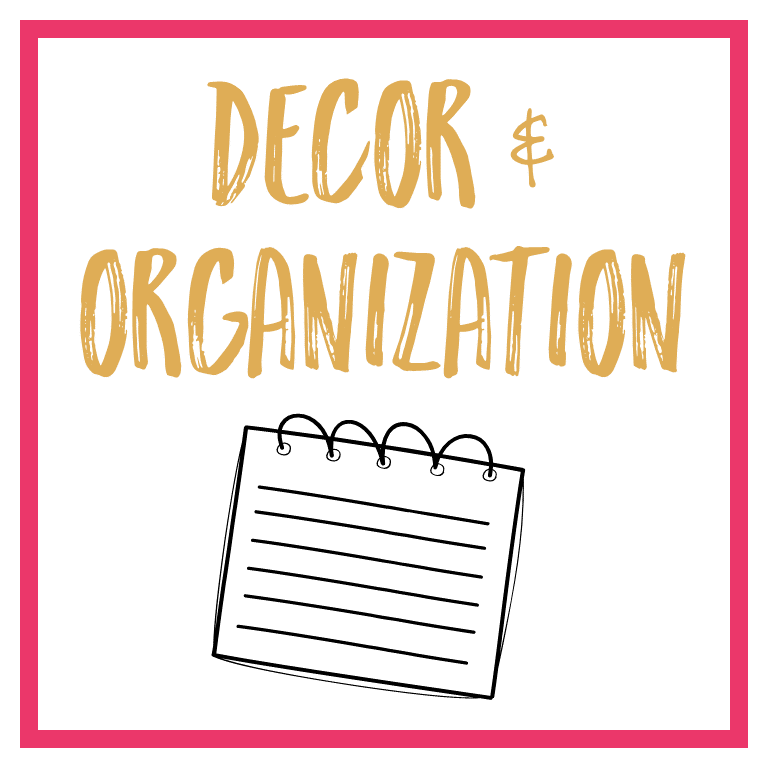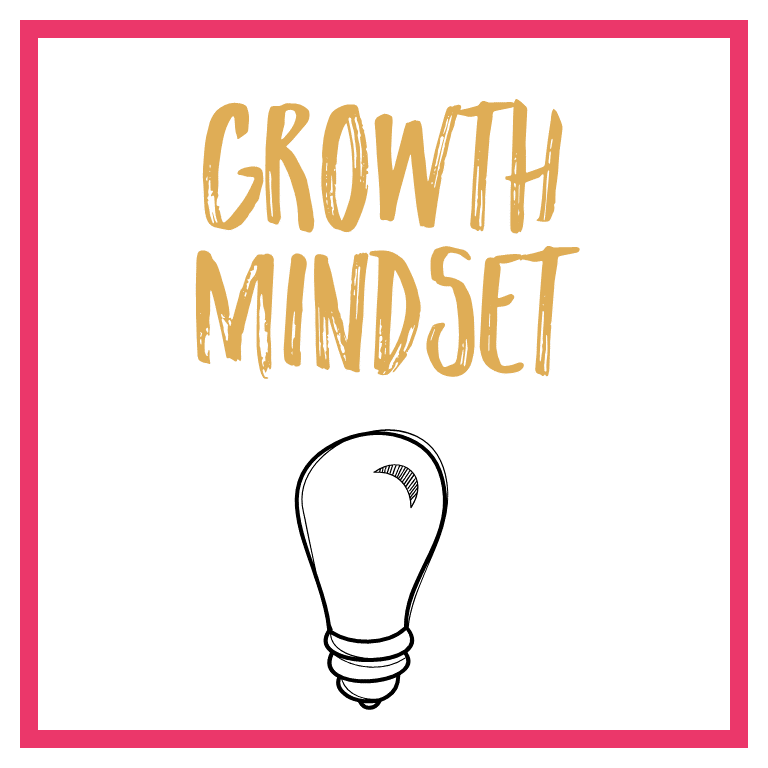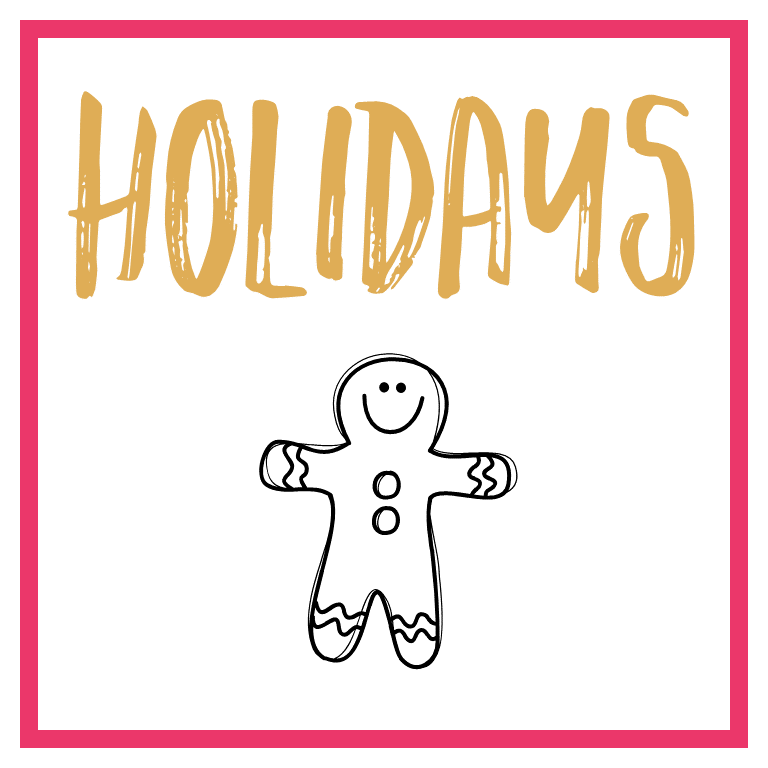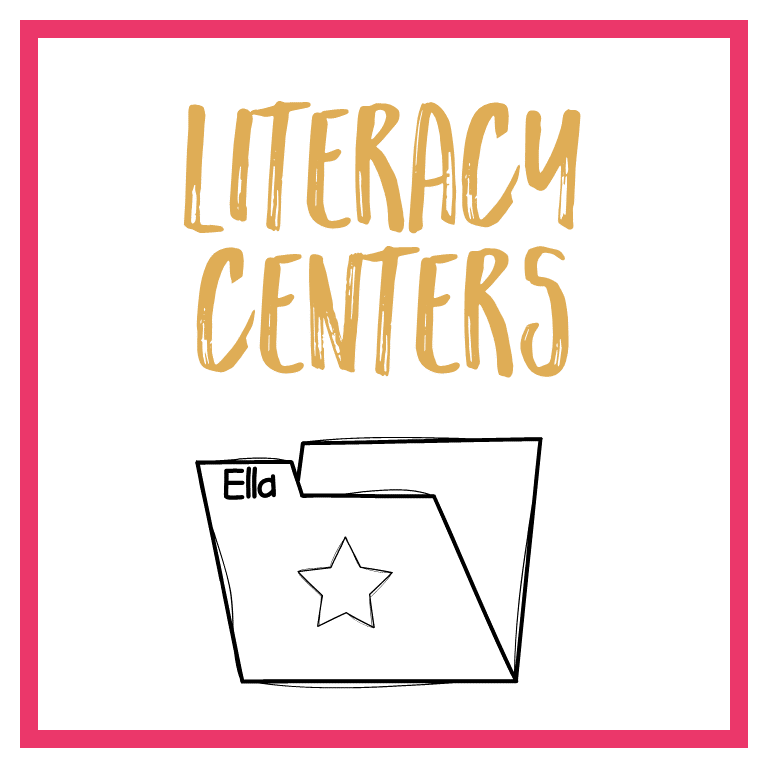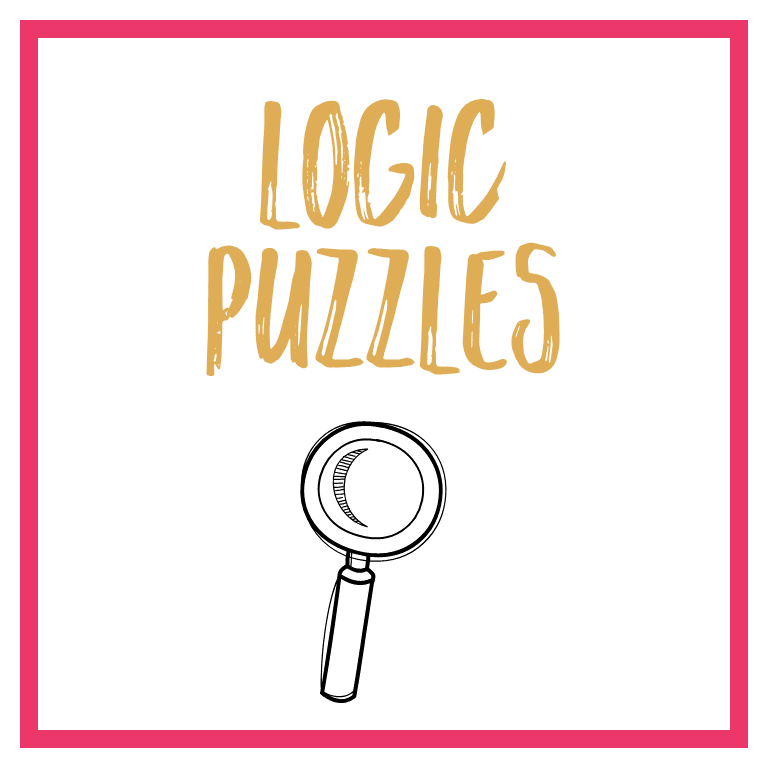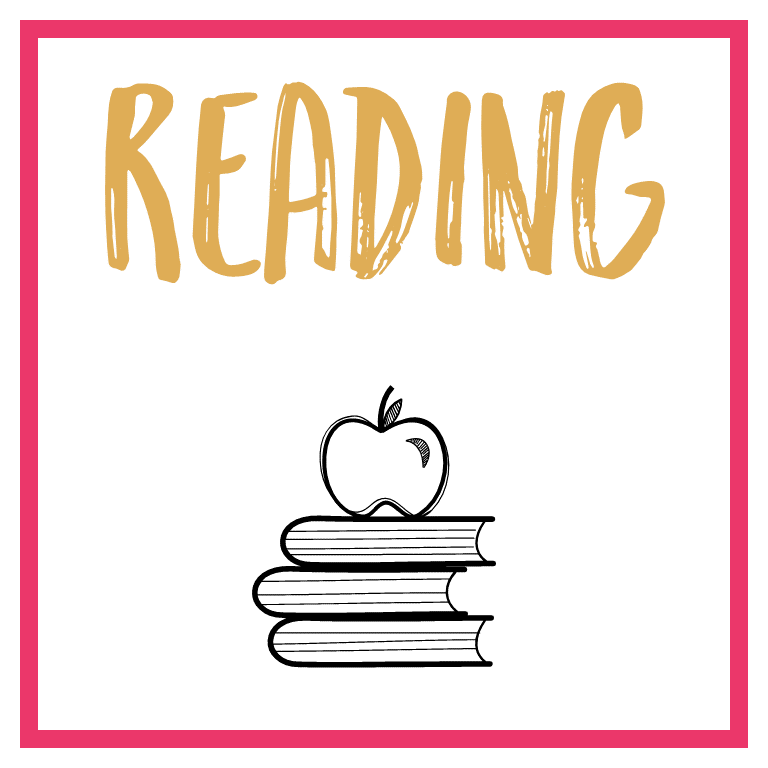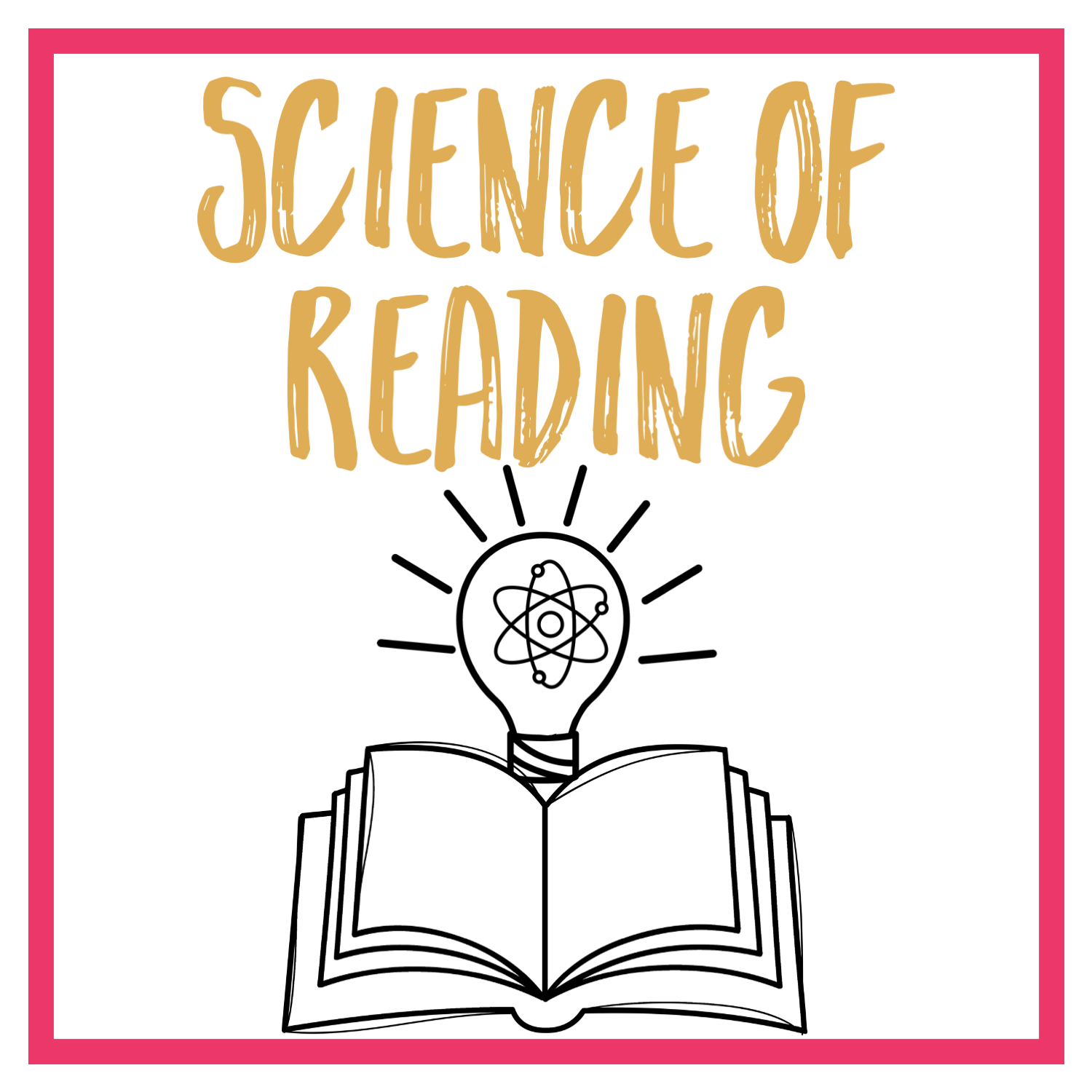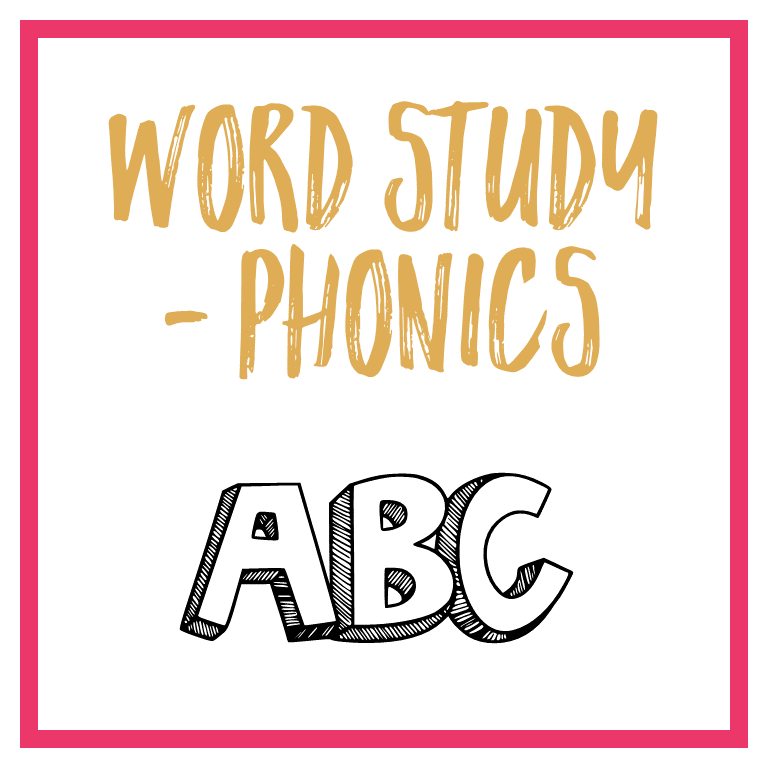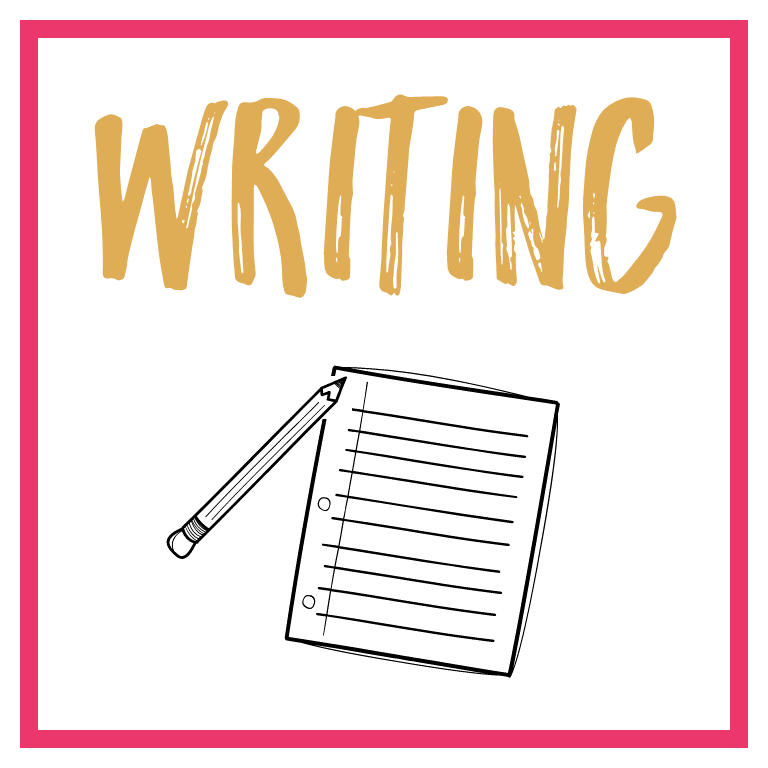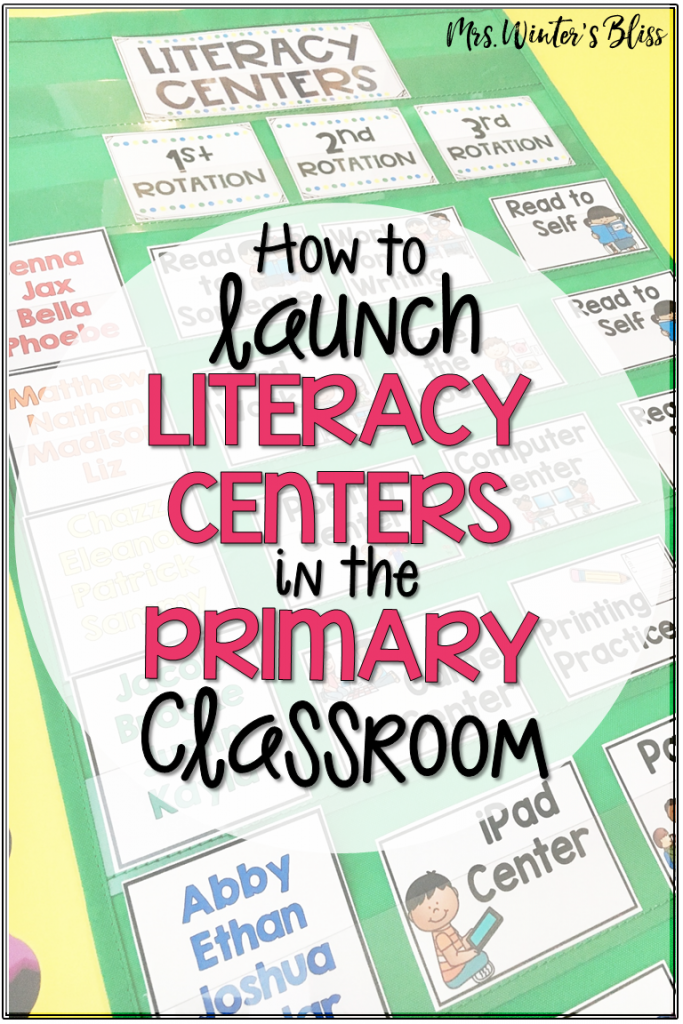
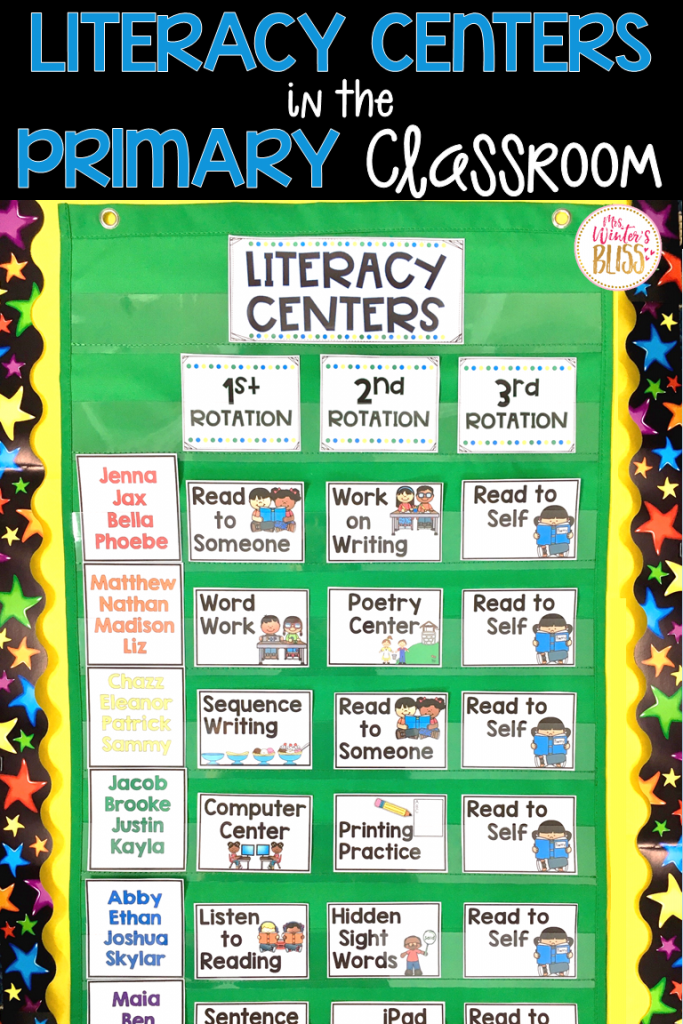
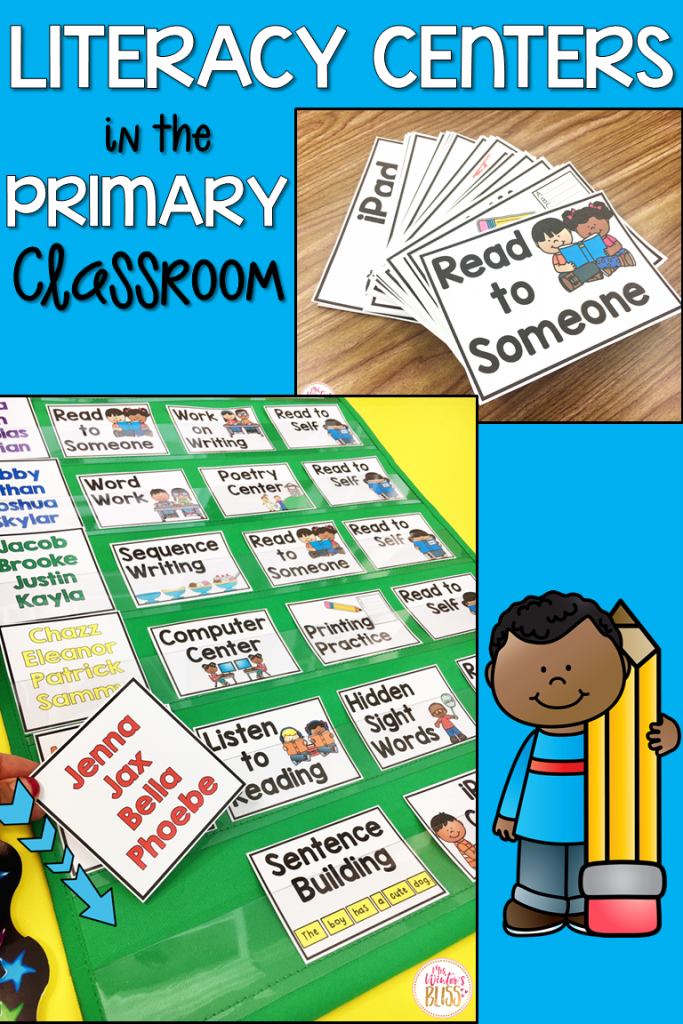
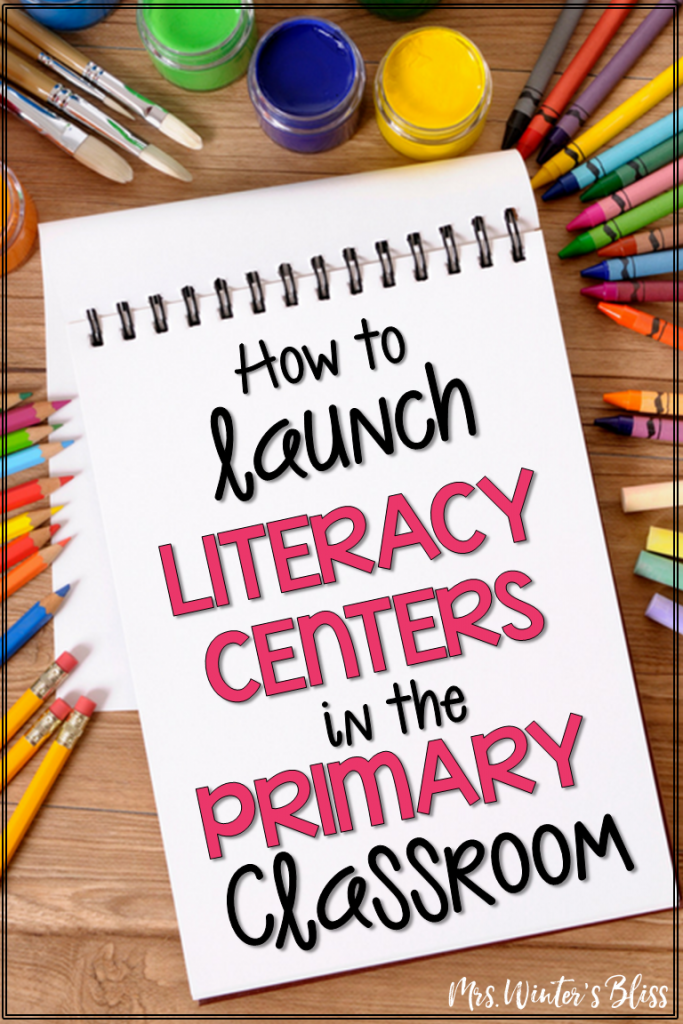

In this post, I’m sharing actionable tips to help you launch literacy centers in your kindergarten, first or second grade classroom. You’ll get suggestions for the best ways to group students, how to choose the best literacy centers, and how to effectively organize your literacy center materials and classroom space!
Hello Friend!
Does the thought of planning literacy centers overwhelm you?
Do you wonder how you’ll manage your students or prep and organize all the materials?
Are you unsure of how to best group your students?
These are all very common concerns that many teachers have when they think about starting to implement centers. Yes, establishing literacy centers can be a lot of work! But once you get them up and rolling I promise you they can become one of best parts of your day!
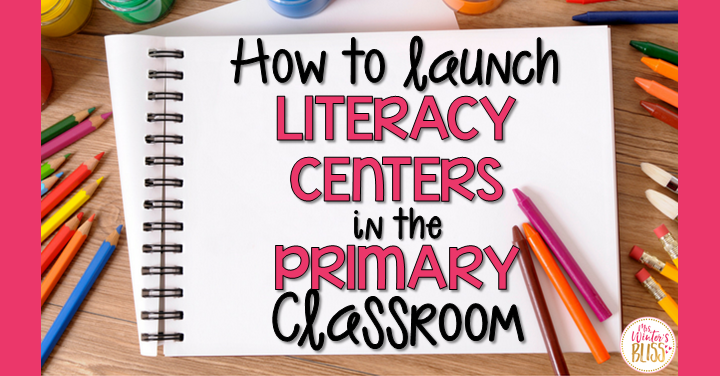
Note: This post contains an affiliate link. This means that, at no cost to you, I earn a few nickels should you choose to make a purchase through the link.
This post is the first in a series on literacy centers. Today I’ll share with you some of my favorite tips for grouping and assigning students, optimizing classroom space, and organizing materials in easy and effective ways. I hope after reading you’ll see that the process of launching literacy centers doesn’t have to be an overwhelming one!
How to Group Students for Literacy Centers
After reviewing initial literacy assessments, you will need to group your students. The groups will determine two things:
1.) the team that will work together at a literacy station.
2.) the students who will work with you in a small group.
There are multiple ways to group children into collaborative teams for centers. Students can be grouped heterogeneously and homogenously for centers. For small group instruction, they will always need to be grouped homogeneously.
If you choose to group students heterogeneously for centers and homogeneously for small group instruction, you would pull individual students from their center group to meet with you in small group. Just be mindful that you don’t always pull students from the same center or from one that they really love. Also, make a plan for what to do if the center requires partner work and one student leaves for small group. Teach your students what to do in these instances so they can remain on task.

Personally, I find that students tend to do better when grouped homogeneously into teams of four for both centers and small group. The homogeneous groups travel from center to center together. When I need to meet with them the whole group comes together.
Of course, student groupings should be flexible. Children will acquire skills or need more practice than others in their group. I use formal and informal assessment data to move kids in and out of groups. My Literacy Centers Chart resource makes it easy to edit names and print the new groups of kids!
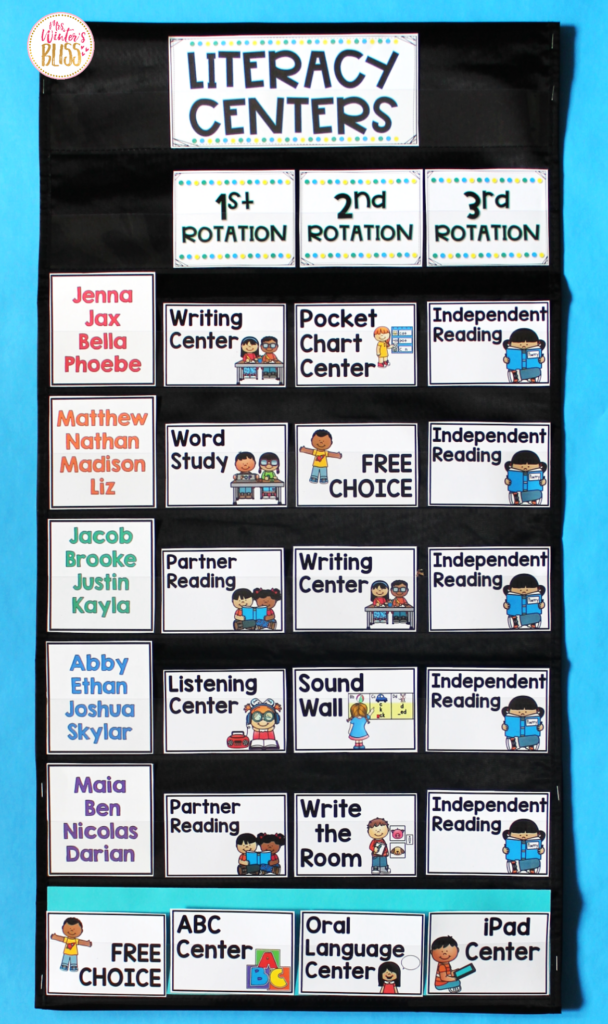
Quick note… I do not assign students to meet with me on our center rotation chart. Because I like having the flexibility to meet with students on an as-needed basis, it’s best if it is not posted.
I meet with some groups every day, while others I only see 1-2 times a week. There are also times when I need to meet with individual students to help them catch up on something or work through an intervention.
How to Assign Students for Literacy Centers
Once students are grouped, I assign them to different centers using literacy center cards in a pocket chart. It is important that the chart is always displayed in an accessible location where my students can independently check it.
My emergent readers like the literacy center cards because they can rely on picture clues for an independent reminder as to which centers they are visiting that day. I like them because they allow me to quickly reorder or change the center activities.

If you have 24 students in your classroom and you group them into teams of 4, it takes 6 days to rotate through the entire chart.
To begin, I place the colored student groups in rainbow order. My highest achieving students are in the red group and the ability levels decrease with each color. This is an intentional decision as the red group will unknowingly serve as models for their peers.
At the end of each day, I move each group down a row. Once the “red group” gets to the bottom row, I know it may be time to switch up my centers.
How to Choose the Best Center Activities
To plan my centers, I follow the research based-steps outlined in my Success with Centers course. Each activity follows one of the following structures:
-Word Study
-Independent Reading
-Writing Center
-Listening Center
-Partner Reading
As my students grow and change throughout the year, so do our core centers. But I do not create and teach students how to work in 18 new centers a week! Sure I love a cute holiday or seasonally themed activity, but I don’t create and recreate word sorts on Halloween pumpkins, winter snowflakes, and Valentine’s hearts! You probably don’t either!
I rely on resources that I can use over time. I keep my students practicing their reading and writing skills with resources like Decodable Sentence Builders, Sequence Stories and Heart Words Word Mapping Activities. These resources can be used for months rather than just weeks.
How to Organize Literacy Center Materials
It is essential that the materials students will need during centers be accessible and well-organized. This preserves instructional minutes and allows for maximum learning time.
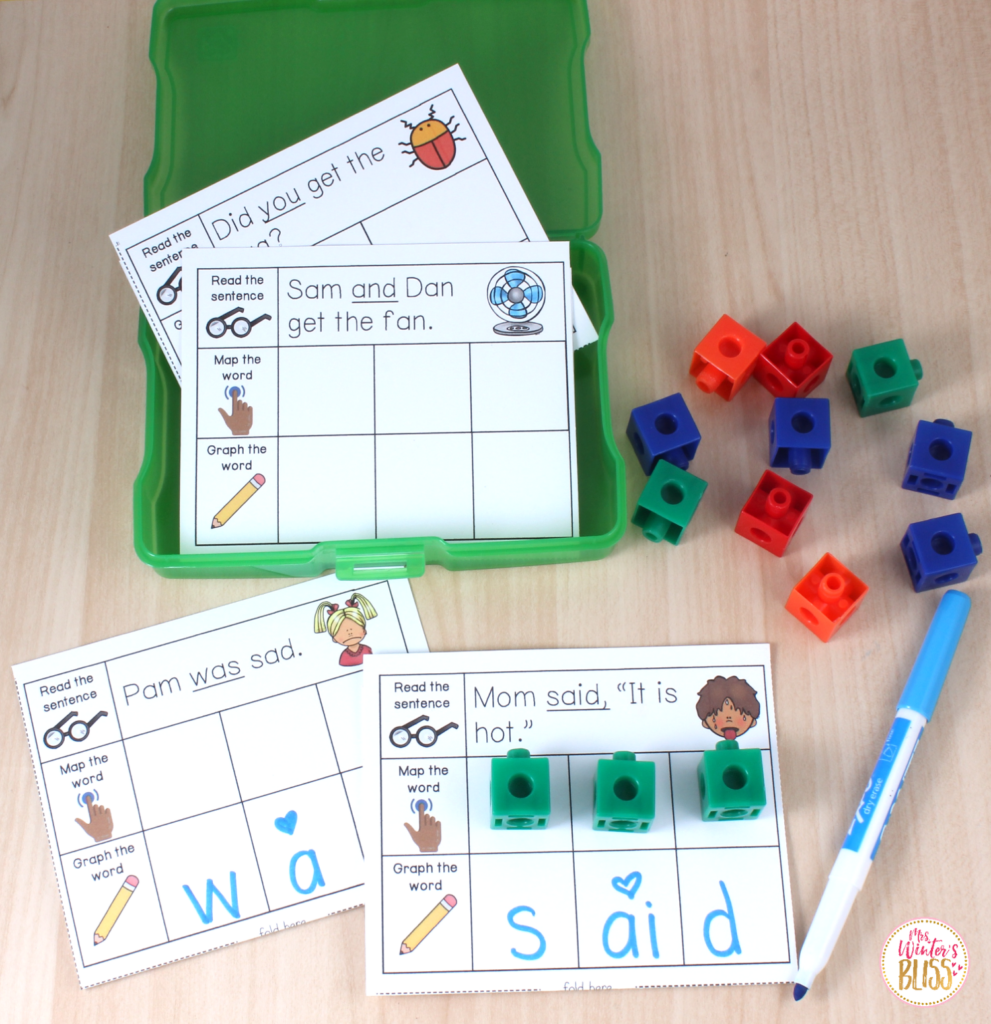
A student can’t afford to waste time wandering around the room in search of materials they need for a Heart Words Word Mapping center. In my classroom, all supplies for a center are stored in a tub that is labeled with the matching center card. This makes it simple for students to easily identify what they need.
How to Optimize Classroom Space for Centers
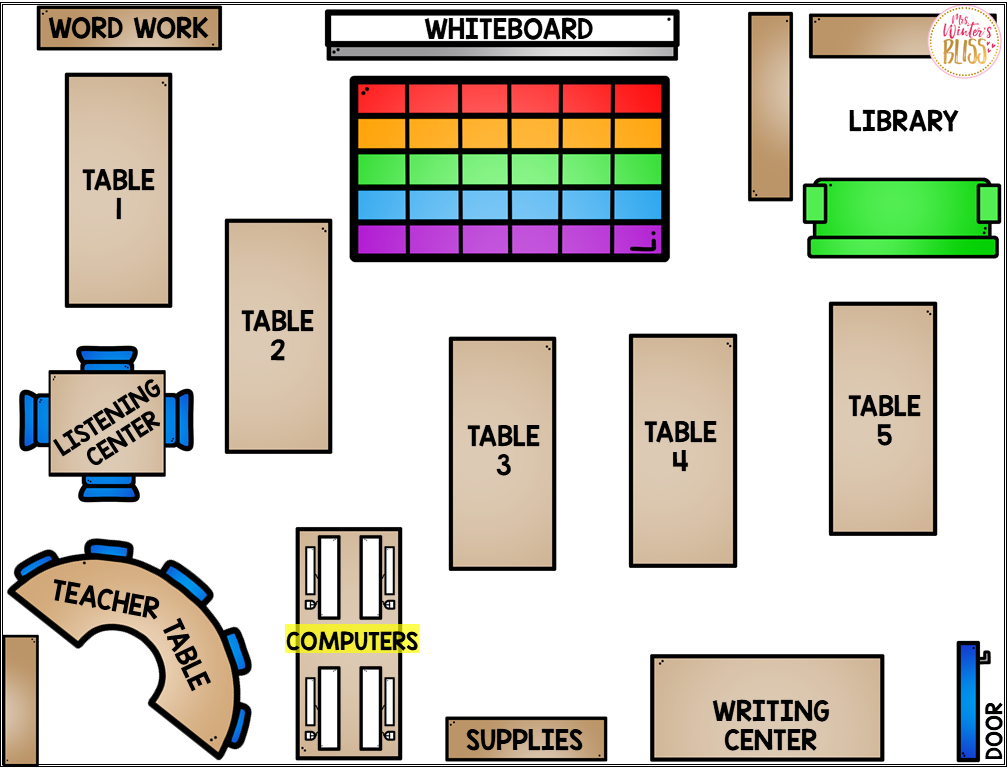
When I set up my classroom I am intentional about the space needed for literacy centers to run smoothly. I like the stations closest to my guided reading table to be the quietest. To the left of my teaching table is our listening center, and to the right, I have a computer center. My students wear headphones at both centers so it’s almost silent. In addition, when students encounter an unsolvable glitch in technology, I can redirect or pop in quickly from my teaching table to help them get back to their task. Being close to the computer station also lends me the ability to keep an eye on my students’ choice in websites.
A few years ago I pushed my writing center table against the wall and will always continue to do so. The wall has become a great place to hang anchor charts for my students to refer to while composing. Additionally, I notice that students focus bettter on their writing when facing the wall. They are less distracted by what other students are doing at their centers.
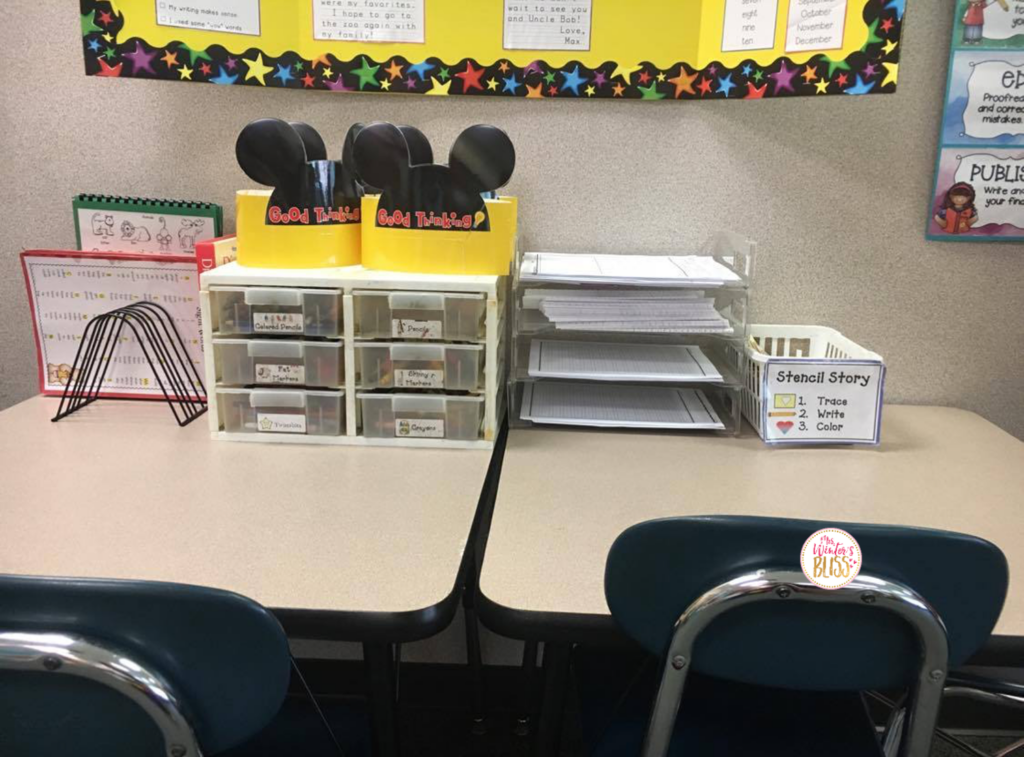
The remaining centers are spaced around the classroom. Labeled baskets with materials are housed on shelves or even on the floor. We keep the materials in the same location throughout the year as another support to help students maximize their time learning.
Although I have “designated areas” for centers my students know that they are free to move to any area of the classroom that helps them be productive in their work. On any given day, you will see my learners standing, sitting on the floor, or at their tables, but all absorbed in their tasks.
I hope the information on setting up student groups, choosing your centers, and effectively organizing materials and classroom space has been useful to you! If you’re ready to continue learning about centers, take a look at my next blog posts, How to Introduce Literacy Centers and Build Independence and LIteracy Centers for Primary Students where I share must-have literacy centers for k-2 students!
Feeling overwhelmed in trying to plan effective literacy centers or exhausted from all the center chaos many teachers experience?
Imagine there was an easy, foolproof process for running literacy centers without the circus, noise, or interruptions…
AND if you could get new, low-prep Science of Reading-aligned centers every month…plus detailed, specific trainings…would you finally feel confident about doing centers in your classroom?
All of this awaits you inside my K-2 membership, Leaders of Literacy!
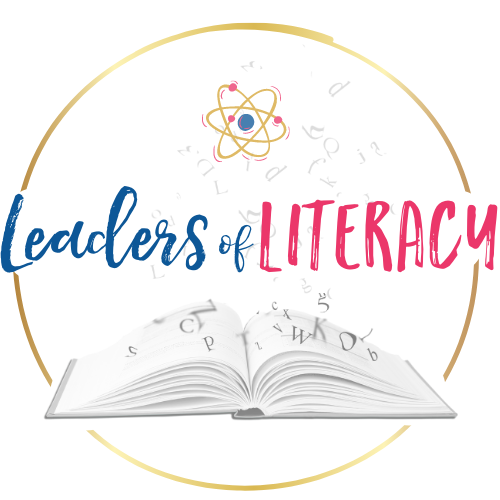
Join the waitlist and be the first to get an email invite saying it’s open for enrollment!
*87% of the time, school spam filters block emails like mine 😩 Please use a personal address so you don’t miss a thing!
a

